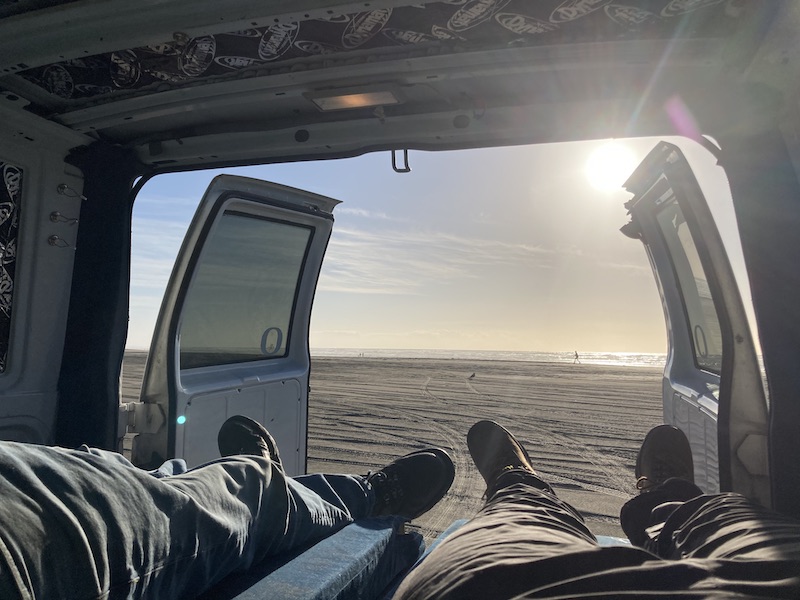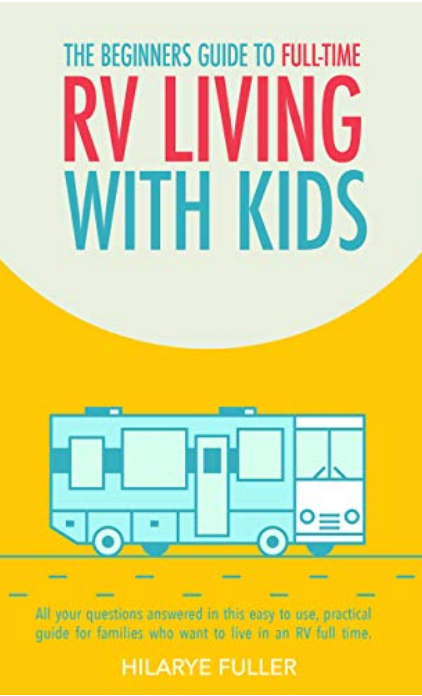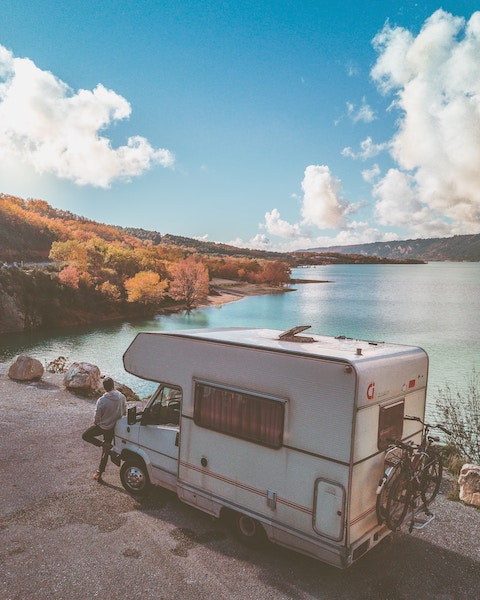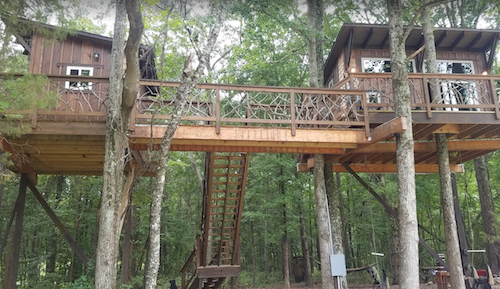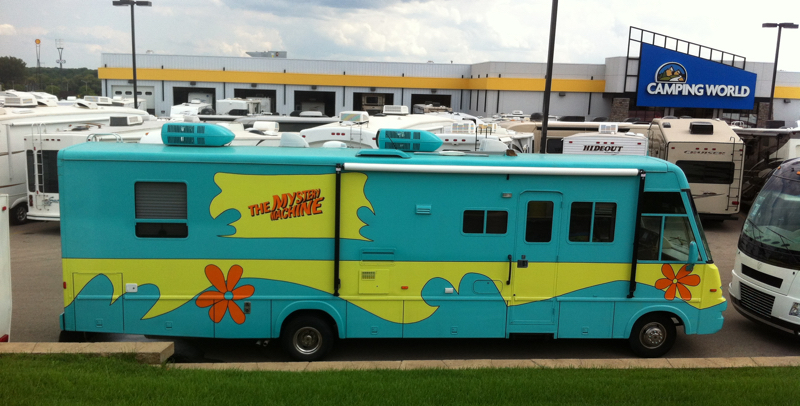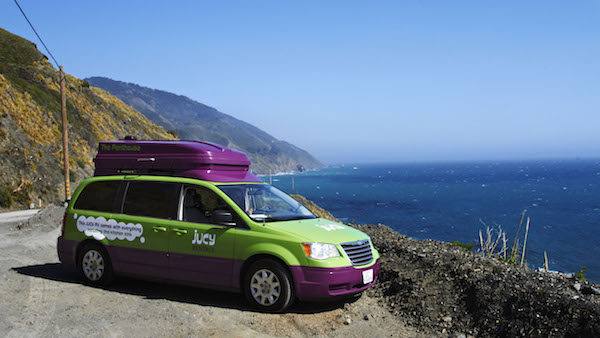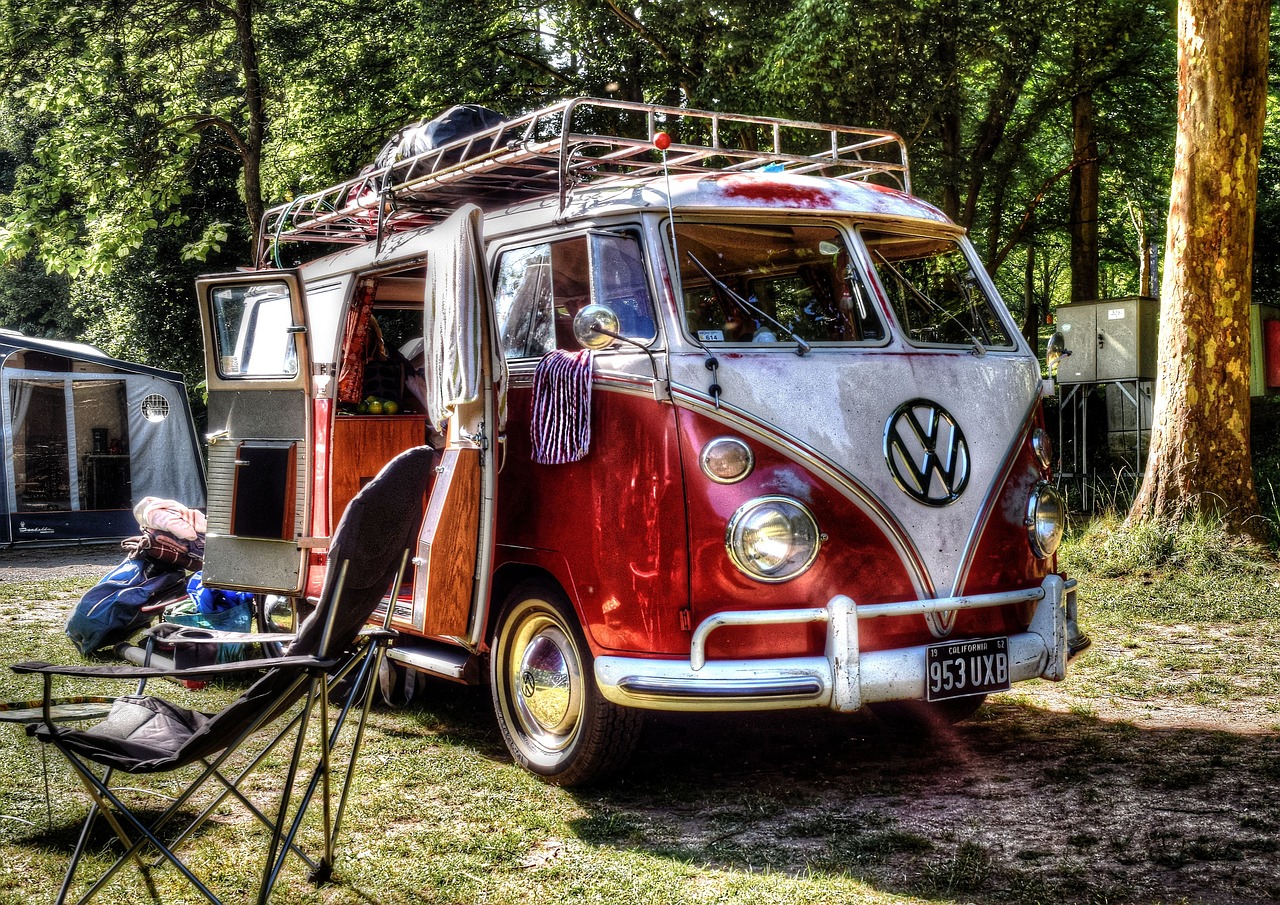It’s May! That means it’s time to start planning summer trips, if you haven’t already. The Road Trips For Families team is planning a trip to Australia later in the year (there’s sure to be some great articles coming out of that trip!) and I’m already planning on going back to Long Beach, Washington, based on a delightful trip my son and I took there in April. This time, rather than staying in a lodge, we are staying at Wildwood Campsites. Stay tuned on a round-up from that trip. There’s tons to explore in the Long Beach area and we’re going with another family who has never been to that area before, so I’ll be excited to discover it along with them.
In the meantime, we found this book, “The Beginners Guide To Traveling Full-Time In An RV With Kids” by Hilarye Fuller. RVing is a great way for a family to travel because there’s room for everyone and everything, you can take your “home” with you, and you’re free to go to some great places where you might not find hotels. If you decide you’re ready to go RVing full time, author Fuller did a great job explaining how that might work so I thought I’d share with you a little more about it.
Her book outlines many of the helpful things you need to know, particularly if you are new to RVs, such as the pros and cons of the different classes (sizes) of RVs. Based on your needs, this info will help you pick just the right size. Because an RV can be a huge purchase in more ways than one, she delves into the details of financing, insurance, and RV storage too.
One of the daunting parts of transitioning to an RV lifestyle would be downsizing a home full of belongings. This chapter seemed a little thin in its help, because she focused on selling on sites such as Facebook and Craigslist, which I think most people would already know. This is the part that seems like it would be the most emotionally draining, and I’d like to hear more about how to handle this aspect of it. It doesn’t say if her family kept anything in storage, took stuff to a family member’s house for storage, or just got rid of it all. She did have one great tip though, which was to downsize seasonally. For instance, if you are planning a year ahead to transition to full-time RVing, her suggestion to get rid of stuff after each holiday was a good one. Rather than boxing up Christmas decorations after the fact, for instance, out it goes.
One thing that never occurred to me was choosing a state of residence. I just figured, if I ever were to do this, I’d keep my residency in the state where I currently live. But there are a whole host of reasons why residing in another state may be best . . . some states have laws that are favorable towards full-time travelers, such as a low vehicle taxation rate and low vehicle insurance rates. Excellent advice here!
Chapter 4 was filled with info on what essentials you need for your RV. Mine would be a jug of wine hidden somewhere so that I could have a glass after the kids went to bed, even if there were no wine shops around! But her recommendations were much more practical than that, including such helpful info as water filters and space heaters. Again, things I would not have thought of.
Chapter 5 was about budgeting, a crucial consideration if you’re living off your savings and not trying to work as you go along. Fuller says she and her family move every seven to ten days with their diesel dually truck pulling a fifth wheel. Although they only drive three to four hours, they spend at least $600 of gas a month. If you’re good about keeping a household budget, you should be successful at keeping an RV budget, but her list is helpful because some things are different.
Chapter 6 was actually a really eye-opening way that families might earn some money while they’re traveling. There are many people who work remotely so it doesn’t matter where they are when they are working, but traveling via RV can make this difficult. You don’t have a 9-5 work lifestyle when you live in an RV, and you may not have the facilities to conduct high-level work. You also never know when the internet might go out or something else could go wrong. The Fullers cobble together an income from rental properties, the husband is a graphic designer and web designer, they have a travel blog, they sell things on Amazon, and they both teach English online. There are ways to do it, but if you haven’t already been building workplace-independent income streams for a while, it might be hard to be sure you can make it.
She wrote about route planning in Chapter 7, which is a very important piece of this puzzle, especially when you want to minimize your gas bill and maximize the time you can spend doing fun things. She explained the different types of hookups that are available at RV sites so you know what services to expect. And she explained how to behave when you’re “boondocking,” or pulling over at places like Walmart or Cabela’s parking lots. Even though it is generally accepted that these places are friendly to RVers, it pays to double check that you are welcome and behave in a way that ensures RVers continue to be welcome there.
The final chapter was an important one for full-time RVers with children. Life on the road is certainly an education, but schooling young children needs more of a formal plan. The focus here was on homeschooling, obviously, and how to maximize the learning opportunities that relate to the activities you’re doing as a family. And, she asserts, your children definitely WILL make friends while on the road, especially if you spend your time at friendly RV parks. So here’s to more RVing!
Vanessa Salvia is a long-time freelance writer and editor. Read her journalistic work at vanessasalvia.com and learn more about her editing and content creation services at sagemediaandmarketing.com

